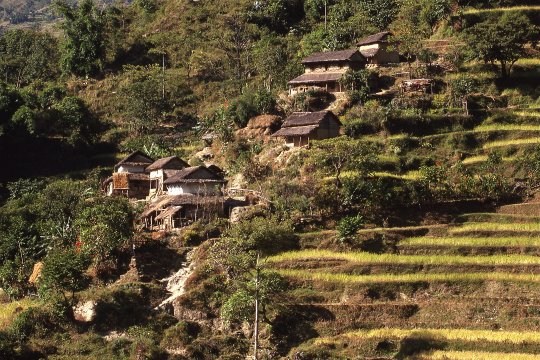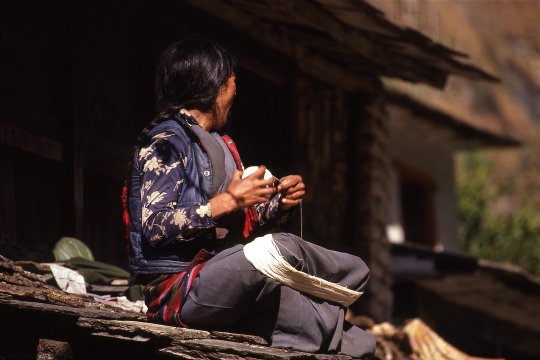|
John Tyman's Cultures in Context Series NEPAL ENVIRONMENT |
|
|
|
|
|
John Tyman's Cultures in Context Series NEPAL ENVIRONMENT |
|
|
|
|
 |
| 014. The winter winds from the north are cold and dry, and south-facing slopes are again favoured, being sheltered from the worst of these icy blasts. (Near Bhulbhule, north of Dumre) |
 |
| 018. Shadows are correspondingly intense at high altitudes, and the contrast in temperature between shaded and sunlit areas is extreme. This woman climbed on to her roof for warmth. (Near Tatopani) |
![]()
Text, photos and recordings
by John Tyman
Intended for Educational Use
Only.
Contact Dr. John Tyman at johntyman2@gmail.com
for more information regarding
licensing.
![]()
www.hillmanweb.com
Photo processing, Web page layout,
formatting and hosting by
William
Hillman ~ Brandon, Manitoba ~ Canada